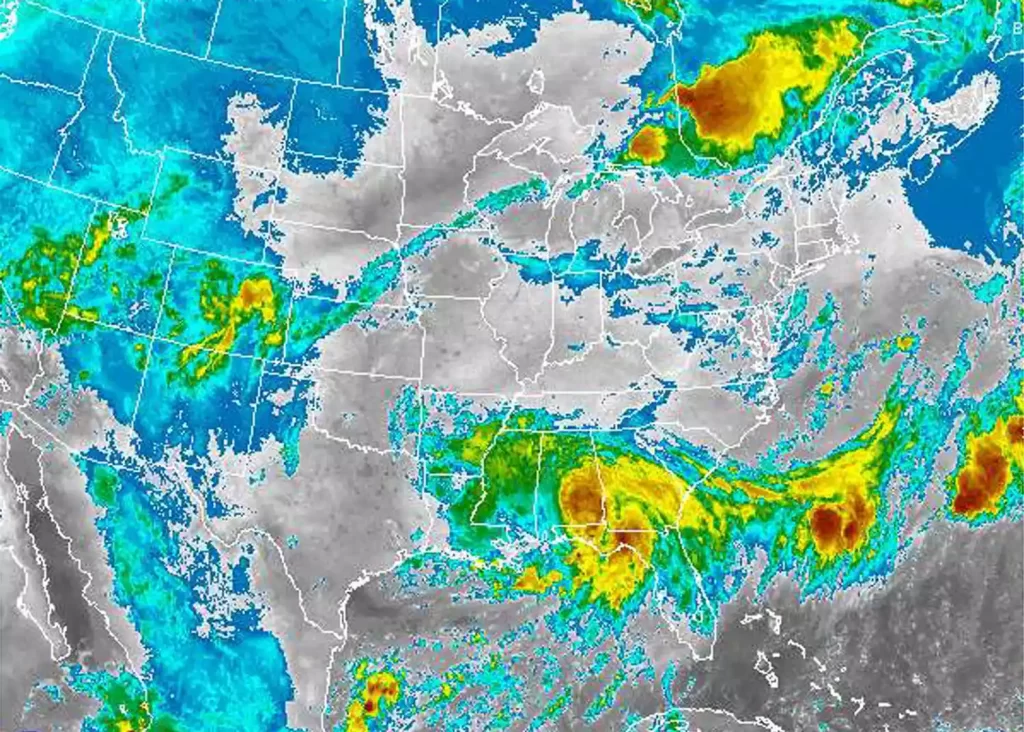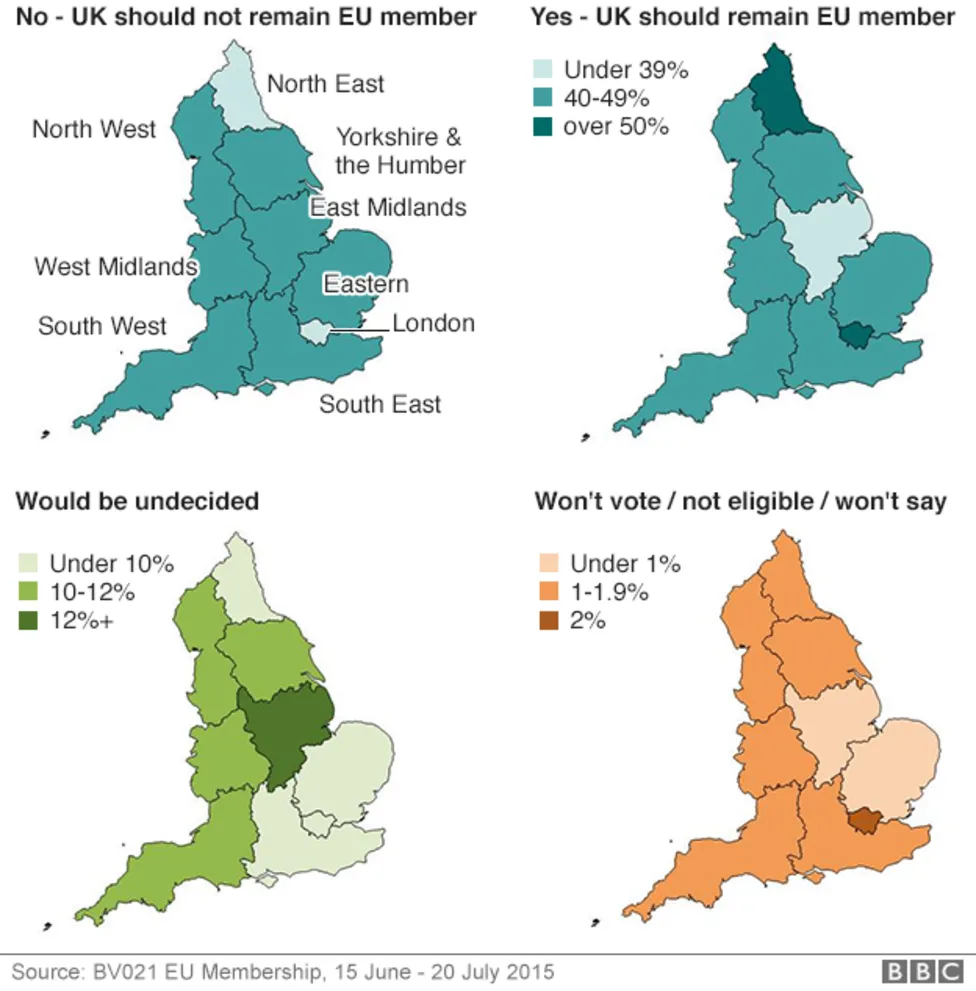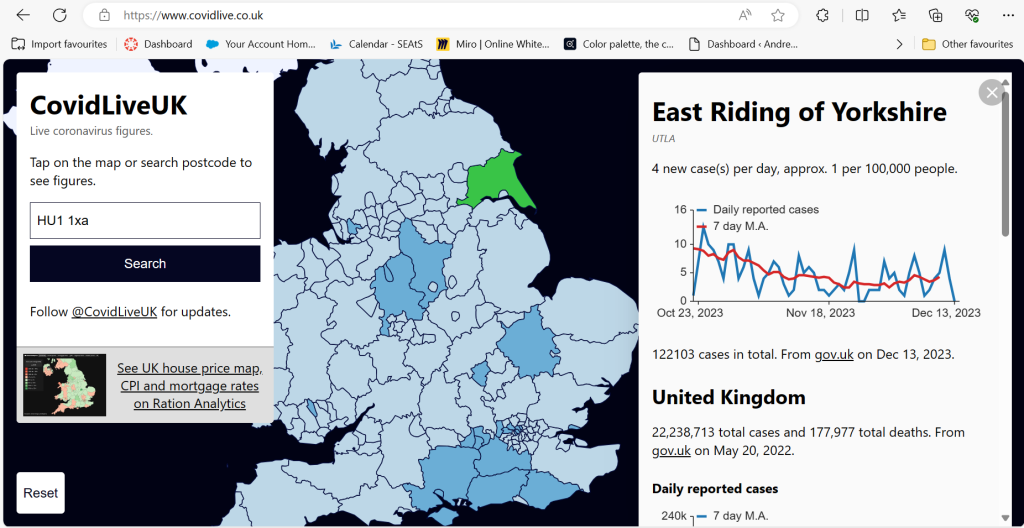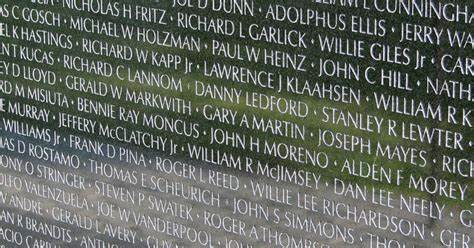Visual Design Treatment
How will I incorporate Tufte’s five theories into my 3D metamorphosis atomic animation based on the work of Alexander Calder?
Edward Tufte’s Five Principles
- Use of colour
Tufte’s Envisioning Information identified four primary functions of colour in analytical design:
Labelling: Colour can be used to identify or differentiate information. This helps viewers quickly understand the meaning or category of data points or objects. For example, blue is water, brown is rock.
Measuring: Colour can represent quantitative information, allowing viewers to perceive and compare different values intuitively. For example, when representing the changing depths of an ocean, the colour blue would become darker with increased ocean depth.
Enlivening: Colour can be used decoratively to make visualizations more engaging and aesthetically pleasing. While this is not directly related to the data being presented, it can make the information more attractive and accessible to viewers. For example, in a weather map, various colours are used to depict different weather conditions. For instance:
Sunny: Yellow or orange
Cloudy: Gray
Rainy: Blue or green
Representational: Colour can be used to imitate reality, helping to visualize objects or phenomena as they appear in the real world. This can be particularly useful in scientific or medical visualizations where accuracy and realism are important. For example, in medical imaging, such as MRI or CT scans, colour is used to represent different types of tissues or anatomical structures:
Bones: White
Muscles: Red
Fluids (e.g. blood): Blue
My incorporation of the example
I will incorporate Tufte’s theory of colour functions into my work with the representation of planets using well-known colours can be a compelling way to combine aesthetics and information clarity. I am planning to use colours to label each planet, making it immediately recognizable to viewers:
Sun: Yellow
Mars: Red
Earth: Blue and Green
- Comparison of Small Multiples
Small multiples are a set of small, similar charts that use the same scale and variables, shown together to make it easy to compare. Tufte believed that using small multiples would help viewers quickly spot even small differences because the charts are consistent and regular. This way, viewers can easily see changes without having to search through the charts.
My incorporation of the example
A great way to include the concept of small multiples in my animation is by using planets as the focus. The planets will be shown in a compact and organized way to highlight realism. Each planet will differ in size, increasing the visual contrast and adding depth to the representation
- Narrative of space and time
Edward Tufte’s ideas about space and time in design aim to make visuals that show events in specific locations and moments. He organizes information logically and uses visual hints to make sure data fits its spatial and time-based context on a page. The aim is to create clear and easy-to-understand visuals that help viewers see and understand the story, patterns, and connections related to space and time.
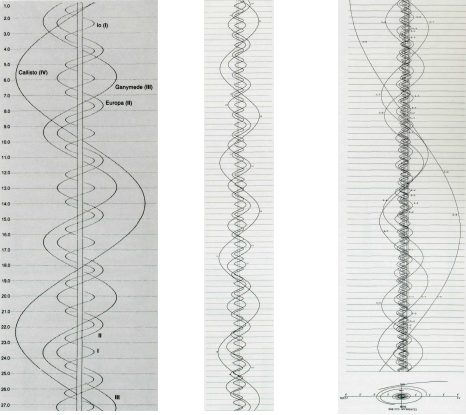
My incorporation of the example
I am planning to animate the marbles/planets orbits around the sun smoothly and continuously, guiding the viewer through the sequence of events logically and engagingly.
- Layering and separation
Tufte’s theory of layering and separation in design focuses on organizing information by placing important elements prominently and separating them. It’s about arranging content in a way that’s easy to understand and follow, with distinct layers to help viewers navigate through the information easily.
My incorporation of the example
I will use this theory by avoiding busy backgrounds to keep focus on the orbs and planets in my animation. This way, viewers can see when the orbs turn into planets. This will help me to avoid failures with confusion and clutter in the design.
- Micro/Macro Readings
Tufte’s idea of Microcosm/Macrocosm is about showing small details within a larger context. It means highlighting specific elements while also giving an overview of the whole picture, helping viewers understand both the details and the broader context at the same time.
My incorporation of the example
I’ll include the Microcosm/Macrocosm concept in my animation by focusing on detailed textures on the models and clearly showing the marbles transforming into planets. This way, viewers can appreciate both the small details and the bigger picture at the same time.
Reference List:
BBC News. 2015. Small firms split over European Union referendum vote. [ONLINE] Available at: Small firms split over European Union referendum vote – BBC News. [Accessed 11 April 2024].
CovidLiveUK. 2023. Live coronavirus figures. [ONLINE] Available at: Coronavirus Live Map UK (covidlive.co.uk). [Accessed 12 April 2024].
Fine Art America. 2012. The Vietnam Veterans Memorial Washington DC. [ONLINE] Available at: The Vietnam Veterans Memorial Washington DC Photograph by Ilker Goksen – Fine Art America. [Accessed 12 April 2024].
The Nation. 2015. November 13, 1982: The Vietnam Veterans Memorial Is Dedicated in Washington, DC. [ONLINE] Available at: November 13, 1982: The Vietnam Veterans Memorial Is Dedicated in Washington, DC | The Nation. [Accessed 12 April 2024].
ThoughtCo. 2019. How to Read the Symbols and Colors on Weather Maps. [ONLINE] Available at: How to Read Symbols and Colors on Weather Maps (thoughtco.com). [Accessed 11 April 2024].
